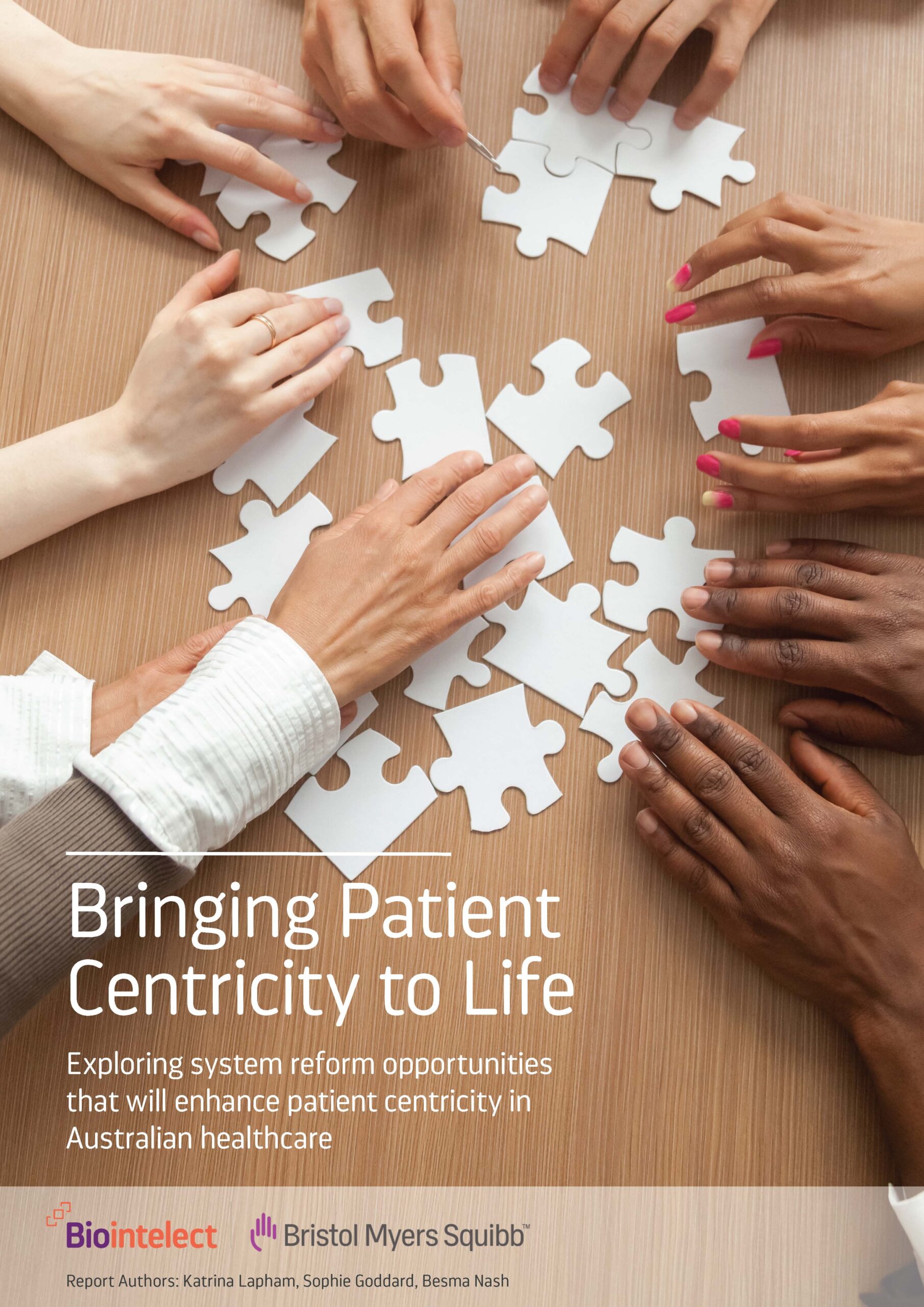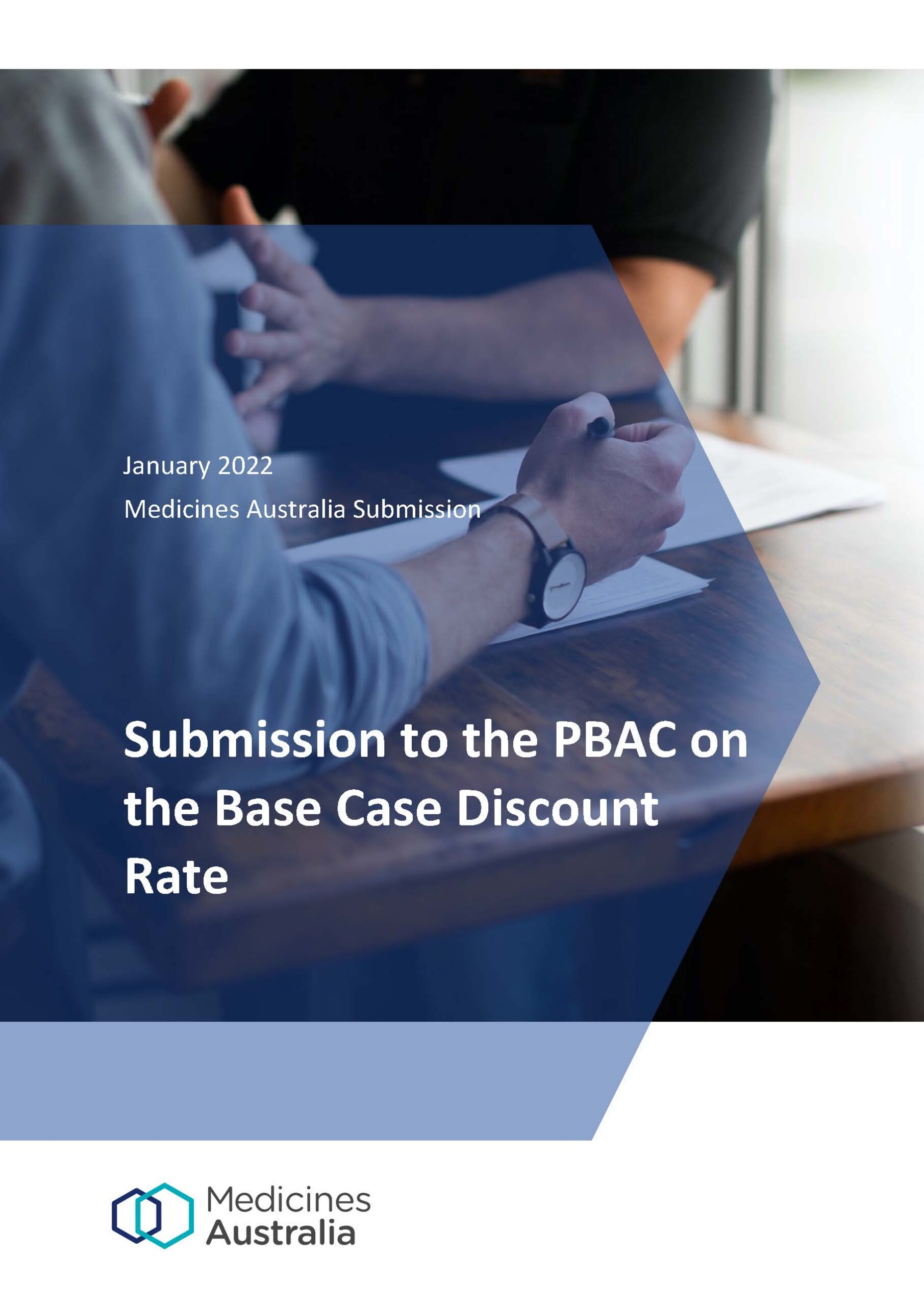The current healthcare environment in Australia offers various opportunities for stakeholders, including patients, to engage with the health system and government in reform efforts.
These opportunities arise from factors such as increased awareness of the importance of efficient approval processes for medicines and vaccines due to the COVID-19 pandemic, ongoing reviews of health technology assessment (HTA) policy and processes, and commitments to enhance consumer engagement in listing new medicines on the Pharmaceutical Benefits Scheme (PBS).
Undeniably, we are on the precipice of significant healthcare system reform and through this process we can bring patient centricity to life.
Recognising the valuable contributions made by stakeholders in recent reform activities and the importance of what we heard from health consumer organisations during the Bristol Myers Squibb Australia’s (BMS) 2022 Shaping Healthcare Together annual round-table discussion, BMS partnered with Biointelect to continue these conversations and explore system reform opportunities that will enhance patient centricity in Australian healthcare. Patient-centric system reform refers to the transformation of healthcare and medicines delivery systems to prioritise the needs, preferences, and outcomes of patients.
This white paper highlights the key concerns and aspirations of participating HCOs for reforming Australia’s HTA system to meet the needs of Australian patients. Across three central themes, it provides ten recommendations, to enhance consumer engagement, incorporate broader value considerations in the evaluation of new medicines and improve the speed of access to innovative medicines.
Collating the learnings and information gathered during the focus groups with HCOs and discussions with key government and industry representatives, the insights were distilled into three central themes:
- Effective and Meaningful Consumer Engagement
- Broader Value Considerations
- Speed of Access to Medicines
Across the three themes, ten opportunities and actionable recommendations for patient-centric system reform are explored within the white paper.






